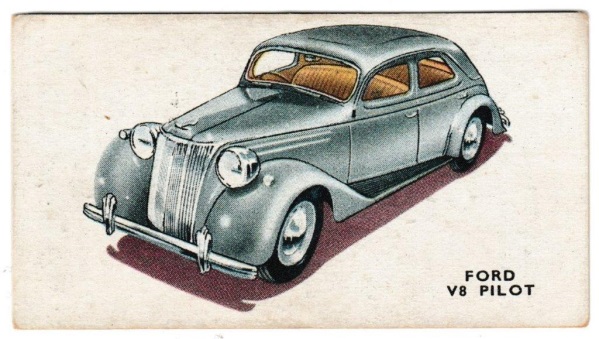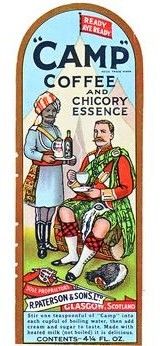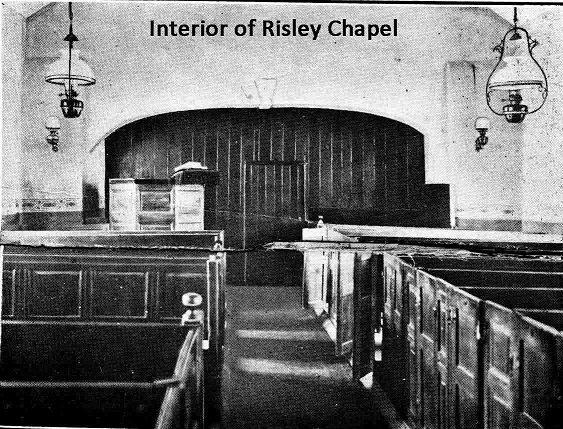Mountain Bikes
The cinder footpath I used to pass through when going to Risley Chapel cannot be forgotten; it was perfect for my back-wheel skids when using my German Mountain Bike. It was small and green with fat tyres and back-pedalling brakes. Of course, there was no such a thing as ‘mountain bikes’ in the 1950s. However, my German bike was radically different from the bikes other kids rode at the time. It was something my father had got hold of somehow, perhaps as reparations which they give at the end of wars.
At the time, we had found our own ‘mountain bike tracks’ in the woods and countryside. These would be dirt tracks that included challenges such as streams, steep inclines, twisty parts, and rocky and tree-root tracks. This cinder footpath also followed the railway line – the Wigan Junction Branch railway line which took workers to Irlam Steel Works, amongst other places; it also connected with other railway lines, such as the line that went to Manchester. This enabled my mother to go on shopping trips and other places with me in tow. It also gave access to Hob Hey Lane and the nearby prefab ‘town’ – locally called ‘Little London’.
Vauxhall Victor

I was also driven home in one of the most impressive cars ever by one of the parents of our church fetes. He drove a fairly new Vauxhall Victor in a gaudy American flash-yellow colour, bombing along at 70 MPH on the straight stretches of the Warrington Road. This was a youngish father, with black wavy brylcreemed hair, dressed in the style of the movie stars at the time.
He also had a daughter younger than me; she was dark-skinned and always smiling. Her leg had been run over by a bus, so it was badly deformed. I don’t remember their names, but they lived in a fairly new house on the other side of the village near a pond with swans. A local boys’ myth said that the swans would break your leg
American vs. British Cars
I can vividly remember this trip; after dropping off two of the adult female members of the congregation leaving just us children in the car, he said, “Well, now we can have some fun – now that we have dropped the ladies off.” I remember peering over his shoulder from the back seat and watching the oval speedometer in the metal dashboard, fashionable then, reach the 70 mph mark relatively quickly. I say relatively quickly because it took my father’s 1949 Wolseley several eons to get it to 72 MPH. It happened on the three-lane highway from Loch Lomond to Glasgow when we lost in a car race to uncle Gavin.
The sleek mini-American look-a-like monocoque 1957 Vauxhall Victor greatly contrasted to our ‘pre-war’ 1949 Wolseley 12. Ours was based on 1939 engineering with a chassis, running-boards, large external chrome headlights, and a large upright chrome radiator. In other words, advanced American engineering was made available in British cars at the time such as the Ford and General Motors.
Ford V8 Pilot

On one occasion I can remember Mr. Ramsey, one of the Church people driving me home in his black Ford V8 Pilot. He was perhaps in his forties, smoked a pipe, wore spectacles, and had frizzy hair with a receding hairline. It was quite an impressive car compared to the other run-of-the-mill cars at the time – so it is something one remembers; I can still vaguely remember the characteristic smell of its bakelite dashboard. The Ford V8 was a good example of the advanced American technology at the time having a 90 BHP engine and a top speed of around 80 mph.
Similarly, my brother Alistair and I had received a second-hand German model train for Christmas. This train was larger, faster, and far superior to the British toy trains. Despite Britain ‘winning’ the war, ‘Made in Germany’ came to mean high quality since it was produced by Europe’s strongest economy. In other words, ‘Made in Germany’ meant (and still means) a product that is of high quality.
On the other hand, in the 1950s, ‘Made-in-Hong-Kong’ (a British colony) was associated with anything cheap and useless. If you bought something and it fell to bits after a short time, you would say, “Must have been made in Hong Kong.”
Of course, this is ironic in retrospect. I’m writing this novel on a 10-year-old unbreakable ‘American’ Dell laptop ‘Made-in-China’. Today, many gadgets, clothing, electronics, and other daily-use items are made in China even from Western brands. In other words, as of 2022, China has become the world’s ‘factory’ replacing the U.S. – which had replaced Britain as the foremost economy during the first half of the twentieth century with their wings if you went too close to them!
Wars and Alliances
People often ask – how could Germany lose the war when their industry was so far advanced? Well, two factors are important here. First, Germany had perhaps the most advanced European economy, but Britain had managed to forge an alliance with its ‘Anglo’ friends. That is, the U.S., which had the most advanced global economy. Second, Britain had ‘bedded’ a ‘strange bedfellow’; the Soviet Union was a country that was ideologically opposed to Churchill’s Britain. In addition, Stalin was willing to sacrifice millions of Russian soldiers to ensure victory.
Ironically, in 2022, Stalin’s ‘Russian successor’, is now attempting to employ the same strategy of superiority of numbers; he has the willingness to sacrifice hundreds of thousands of Russian soldiers in order to grab little bits of the Ukraine to extend the Russian Empire. The question here is – how will the ‘advanced technology’ of the West be able to combat the numbers of the Russian army?
Half-Assed Support from the West
However, even amateur observers (such as myself) can see that the West are not willing to give wholehearted support to Ukraine. Some quick searches can perhaps illuminate this situation. President Biden today announced an additional $800 million in security assistance to Ukraine. Kylian Mbappé is a French professional soccer player who has a net worth of $95 million. In other words, Biden is going to give Ukraine a ‘soccer team; that is perhaps 0.001 % of the value of the ‘soccer world’.
On the other hand, Europe is giving Russia $285 million a day to meet its dependence on imported oil. In other words, such reports of ‘millions and billions’ are often a part of a disinformation campaign. People are unable to grasp the real meaning of ‘millions and billions’. Numbers that appear to be simple can confuse even people who are paid to provide insight to the rest of us. If the media and politicians presented the figures in more understandable terms, they might say something different; ‘for every Euro we give to Ukraine, we give 10 to Russia (or perhaps even 100 Euros?).
I talk about other classic cars I came across with in the years that came after here: Classic Cars in the Neighborhood



2 Replies to “Cars, Mountain Bikes, and Wars”